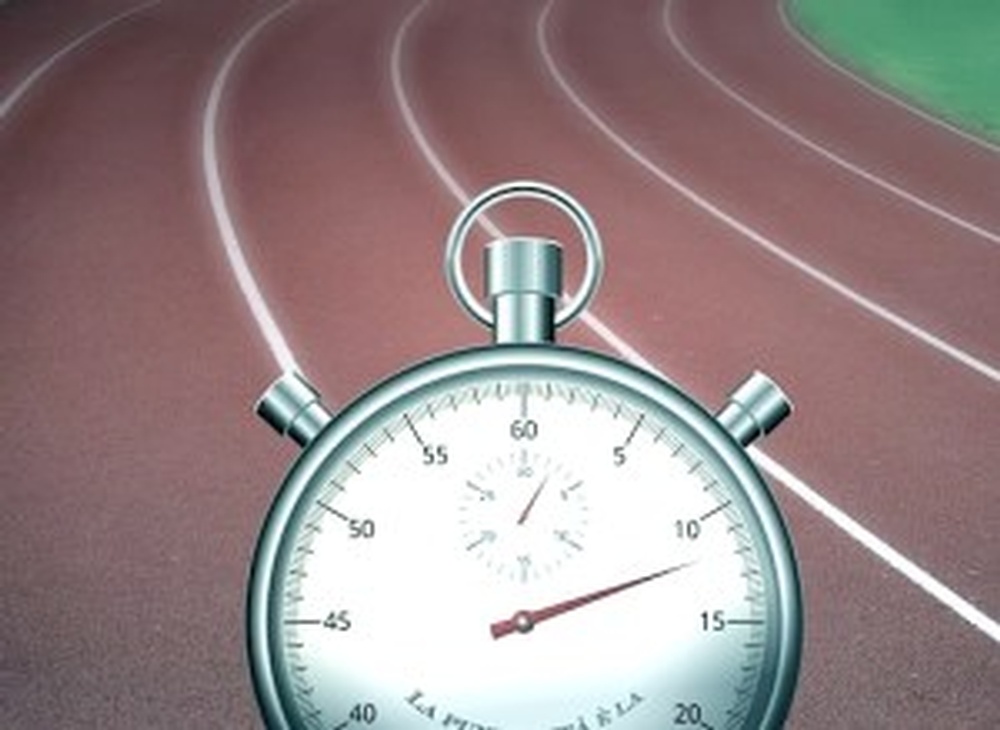An Athletic Performance Testing Battery Primer

An athletic performance test battery is a series of valid and reliable physical tests that assess important physiological components which are necessary to meet the demands of the sport. For instance, the sport of basketball demands lower body explosive power (for jumping and accelerating), ability to change direction rapidly, upper body strength (pulling down rebounds, shooting, passing), speed (fast break, getting back on defense), and anaerobic endurance (running/sprinting up and down the court repeatedly). Thus a basketball-specific athletic test should include a specific test for each of these components. Each specific test should be valid (it test what is designed to test) and reliable (repeated tests result in similar scores). The order that each test is administered matters, the least fatiguing tests are performed early, saving the more fatiguing tests for last. Adequate rest between trials and tests is important as well. Test selection may also be influenced by availability of equipment and facilities, as well as the number of athletes being tested. For example, a maximum bench press test is wonderful for assessing upper body strength and is appropriate for basketball players however; it is time intensive and requires specific equipment that is not portable, so testing an entire team would not be easy. Grip strength can be measured quickly and easily with a hand-grip dynamometer, granted it’s not as sexy as a 1RM bench press test but it is a valid measure of upper body strength. Since both the bench press and hand-grip dynamometer test strength, including both tests in one battery would be redundant, so pick one. Finally, a proper warm up is a necessary component of an athletic testing battery, for both safety, as well as accurate results.
So to summarize an athletic performance test battery:
- includes a warm-up
- has specific tests appropriate for the athlete,
- avoids redundancy,
- has a specific test order, and
- allows adequate recovery between trials.
I also recommend a cessation of intense physical activity 48 hours prior to the test battery, once again for both safety and accuracy of testing data.
With that, here is a sample basketball specific test battery:
Grip strength assessment
Standing broad jump
Vertical jump
Medicine ball put
Hexagon test
Sprint test
T-test
Line drill (suicide drill)
Mind you, this is a sample test battery meant to reinforce the tenets discussed above; there are other possible and effective permutations. Having said that, with this sample test battery we can see the test order goes from least fatiguing to most fatiguing and all the components are addressed (upper body strength, upper and lower body power, agility, speed, and anaerobic endurance). Each of these tests has been validated in athletic populations and deemed reliable. As a bonus, each test requires minimal equipment and can be easily administered to large or small groups.
An athletic performance test battery performed once, is minimally useful. Experienced athletes should consider a sport specific test battery, at minimum, 10-12 weeks prior to opening day. Then undergo a second one after 7-8 weeks to allow time for adjustments in the training program before the season begins. A third could happen at mid season, once again, this is to assure that training benefits are being maintained, and if not, you want to know sooner, to make adjustments. For an endurance athlete, you must decide when your “season” is; perhaps building your training/testing schedule around the most important competitions or races would make the most sense. I’ll talk more about endurance athletic testing in a future post.
Here are some additional examples of sport specific athletic testing batteries we use:

Consequently, former athletes planning a return after a long layoff, or novice athletes who haven’t been training or competing regularly, should first consider a general fitness battery. They are suitable for nearly all healthy people, carry very low risk of injury or episode, and provide useful information for building a foundation for training, or putting together the early stages of a comprehensive training program. I’ll address this scenario in more detail next week but take note athletic performance test batteries should only be undertaken by individuals who are fit and have been training for several weeks or longer.
Have you performed a testing battery before? Did you find it helpful? If you didn’t, or need help interpreting the results, or how to best use them to your advantage please reach out. We offer athletic performance testing and consulting to teams and individuals.
Thanks for reading.
Matt
Looking for guidance in improving your athletic performance? Better yet, ready to make a change in your life? I help folks eat, move, and recover well, contact me here to set up a free consult!
Published by mattktraining
I am currently the Owner of my soloprenuerial company Matt K Training. Through my fitness and nutrition programs I help adults develop skills and practices that help them eat, move, and recover well. Over the past 20 years, in various roles such as a Personal trainer, Exercise Physiologist, Clinical Researcher, and Health Coach I have helped hundreds of adults reach their health and physical performance goals. When not working, I enjoy active pursuits such as playing right field for the Charlton Giants (in a 38+ competitive baseball league), playing tennis, hiking, backpacking, and rock climbing. I also enjoy indoor activities such as playing strategy board games, reading and discussing science fiction literature, dabbling with my guitar, finding creative ways to eat oatmeal, and being a good dad.